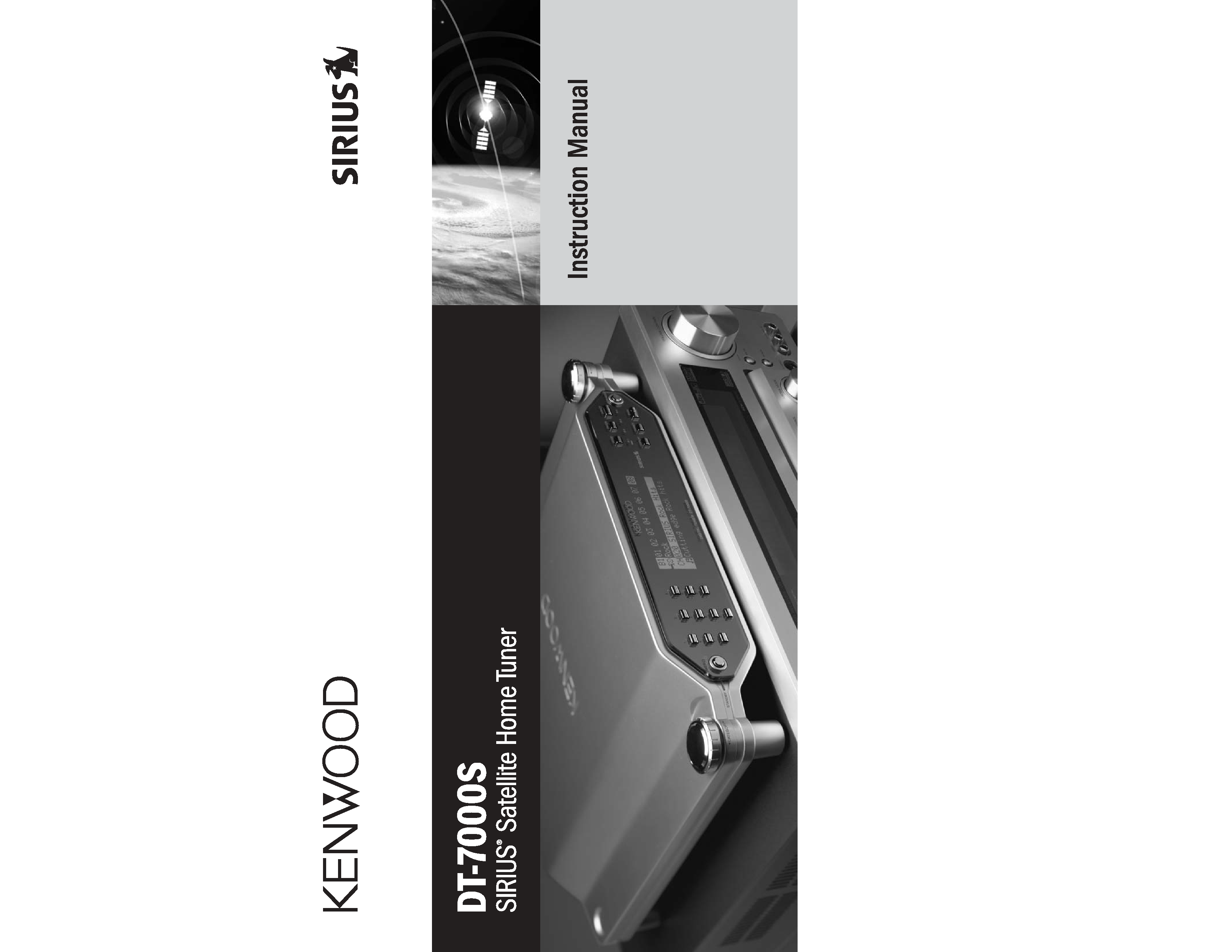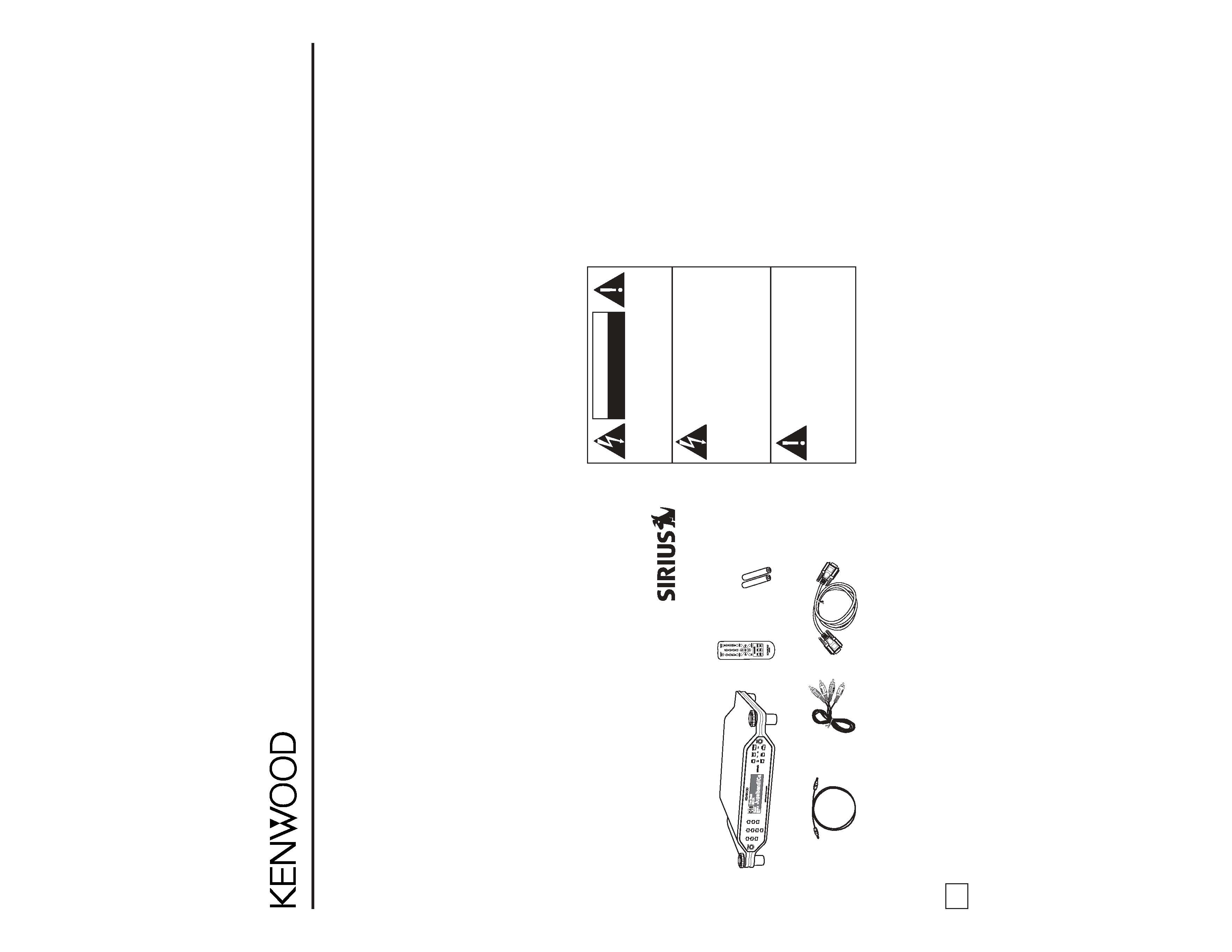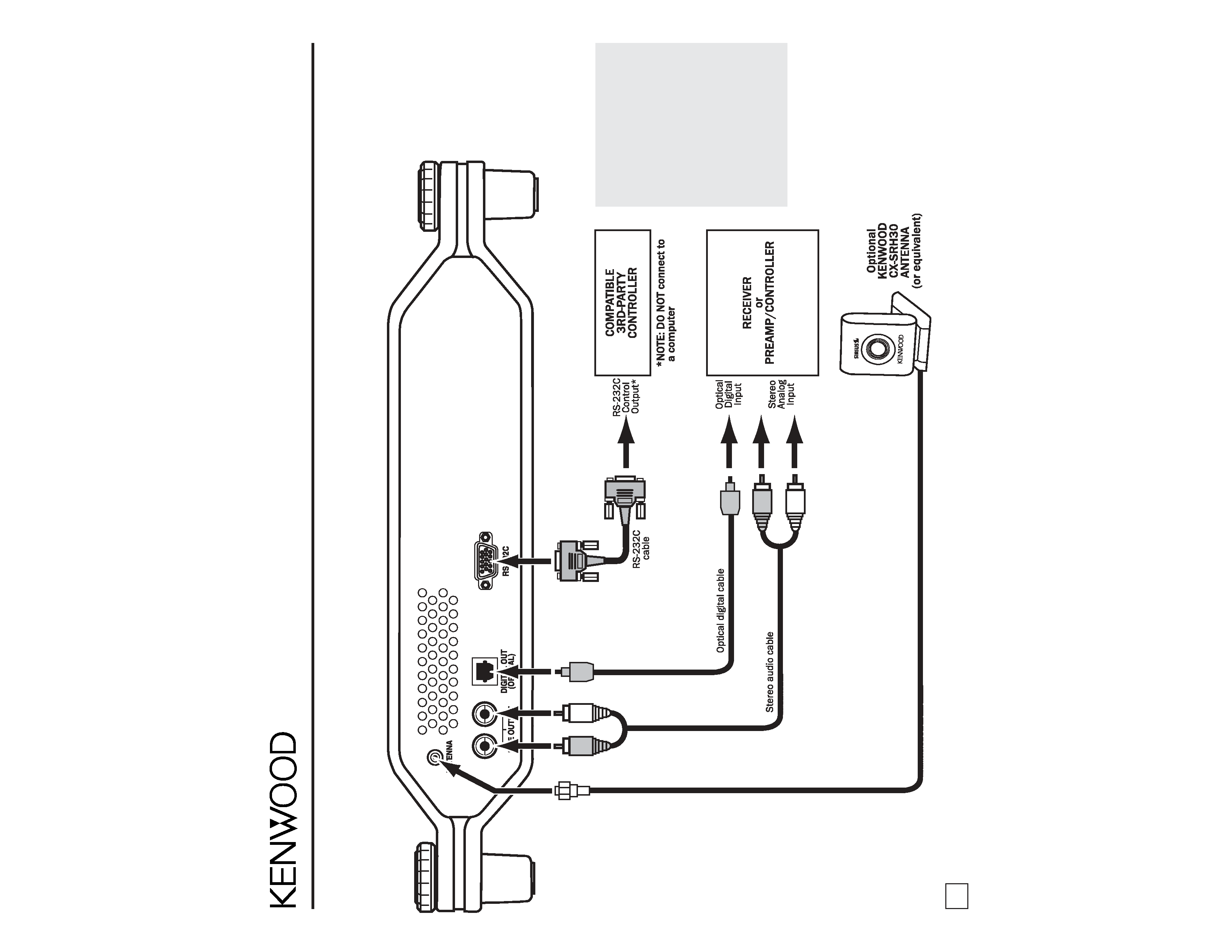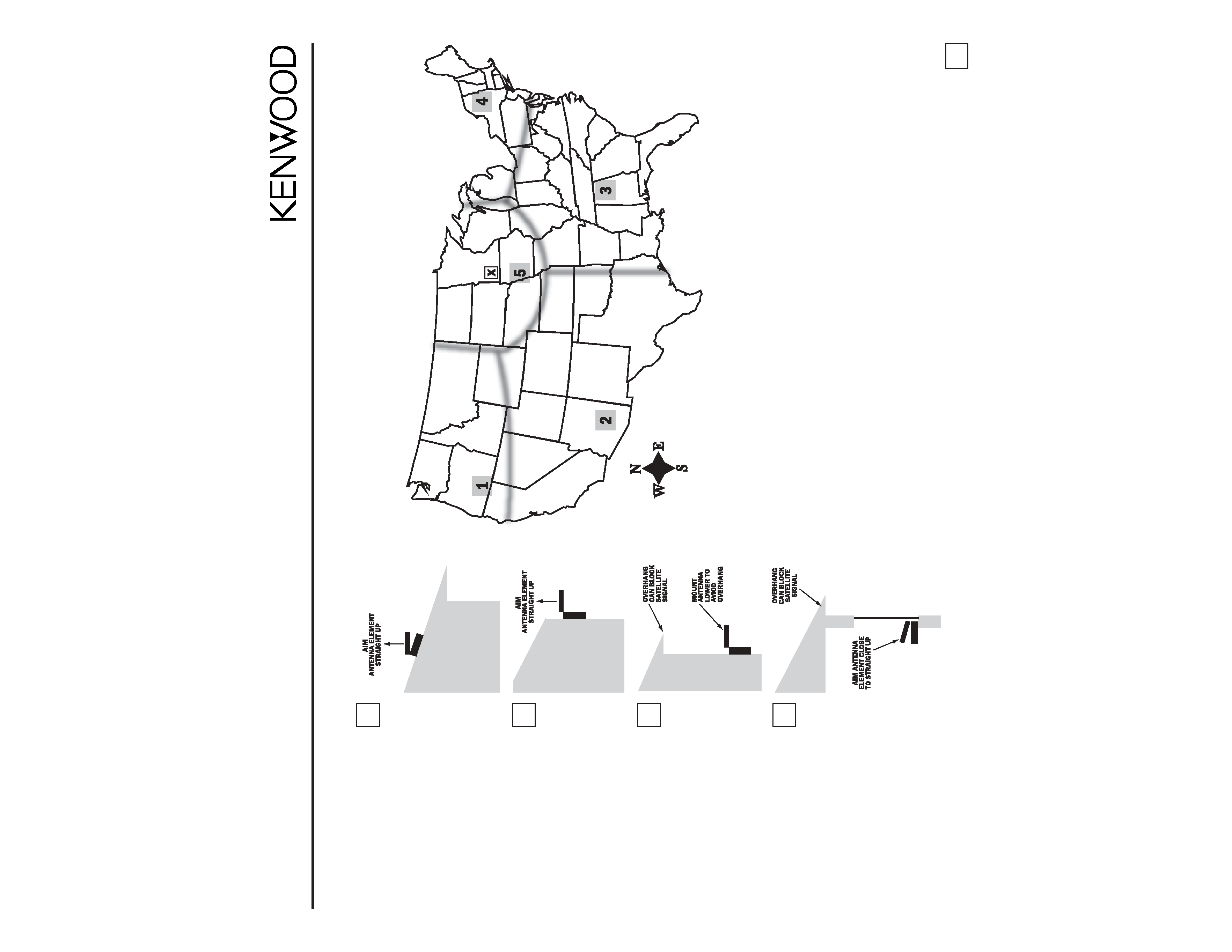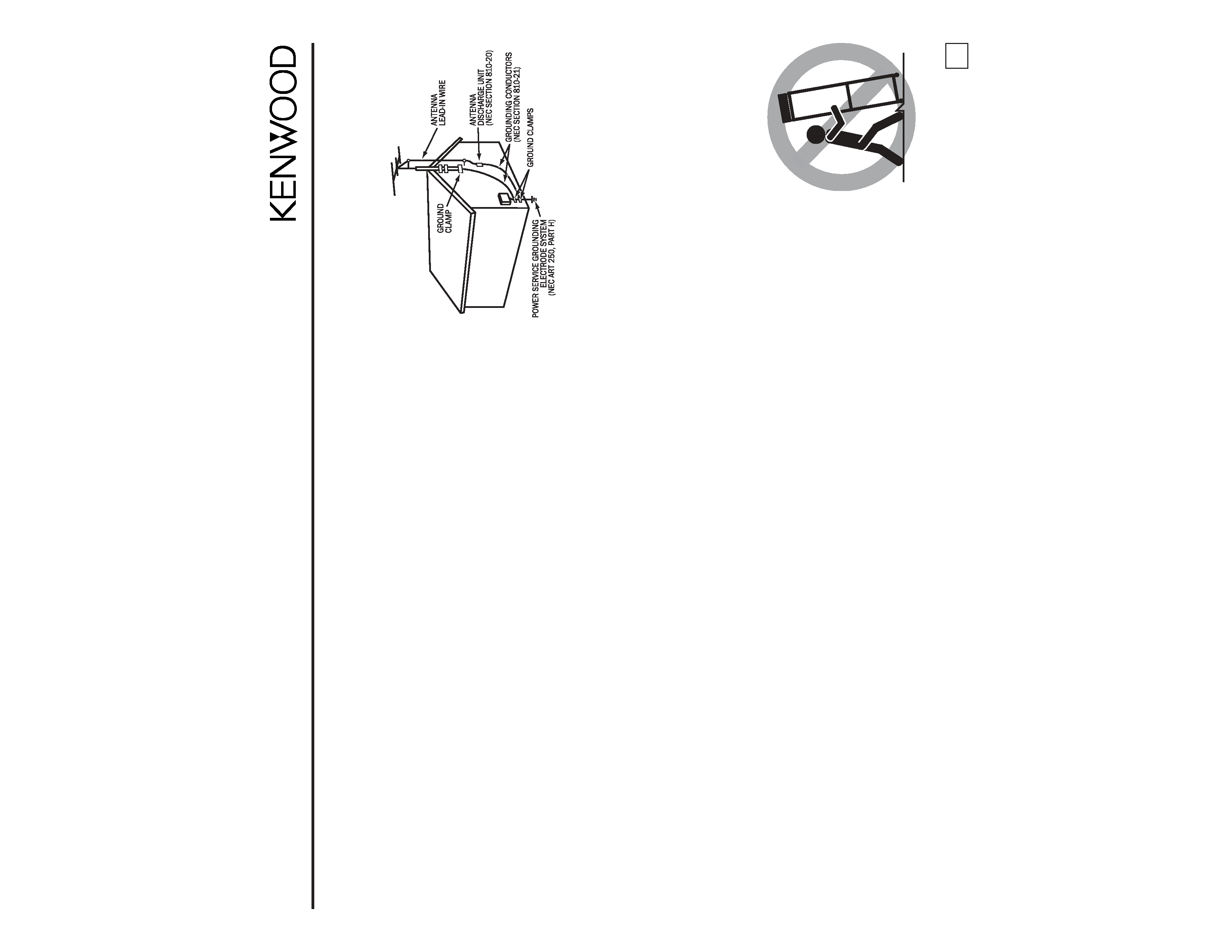
Safety precautions (continued)
FCC Warning
This equipment may generate or use radio frequency
energy. Changes or modifications to this equipment may
cause harmful interference unless the modifications are
expressly approved in this instruction manual. The user
could lose the authority to operate this equipment if an
unauthorized change or modification is made.
Note
This equipment has been tested and found to comply with
the limits for a Class B digital device, pursuant to Part 15 of
the FCC Rules. These limits are designed to provide reason-
able protection against harmful interference in a residential
installation. This equipment may cause harmful interference
to radio communications if it is not installed and used in
accordance with these instructions. However, there is no
guarantee that interference will not occur in a particular
installation. If this equipment does cause harmful interfer-
ence to radio or television reception, which can be deter-
mined by turning the equipment off and on, the user is
encouraged to try to correct the interference by one of more
of the following measures:
· Reorient or relocate the receiving antenna
· Increase the separation between the equipment and
receiver
· Connect the equipment into an outlet on a circuit differ-
ent from that to which the receiver is connected
· Consult the dealer or an experienced radio/TV techni-
cian for help
Cleaning the DT-7000S
If the tuner becomes dirty, turn its power off and wipe it
clean with a soft dry cloth.
Do not use hard cloths or paint thinner, alcohol, or other
volatile solvents to clean the tuner. These may cause
damage or remove indicator characters.
Important Safeguards
Power Source -- Connect the DT-7000S only to a 120V 60Hz
AC power supply. If you are not sure of the type of power
supply to your home, consult your local power company.
Power cord protection -- Route the power cord so that it is
not likely to be walked-on or pinched by items placed
upon or against it.
CAUTION -- Polarization -- The DT-7000S is fitted with a
polarized AC plug (having one blade wider than the other).
This plug will fit into the outlet only one way. This is a
safety feature. If you are unable to insert the plug fully into
the outlet, try reversing the plug. If it should still fail to fit,
contact your electrician to replace your obsolete outlet. Do
not defeat the safety purpose of the polarized plug.
Ventilation -- Do not block the ventilation openings on the
back of the DT-7000S. Place the tuner at least 4 inches
away from the wall. When placing the DT-7000S in a rack or
built-in installation, take care to provide proper ventilation.
Water & moisture -- Do not use the DT-7000S near water;
do not expose it to dripping or splashing liquids; do not
place objects filled with liquids, such as vases, on the
tuner.
Temperature -- The DT-7000S may not work properly if
used at extremely low, or freezing temperatures. The ideal
ambient temperature is above 41°F (+5°C).
Heat -- Do not install the DT-7000S near heat sources
such as radiators, heat registers, stoves or other appli-
ances that produce heat.
Electric shock -- Do not place objects or spill liquids into
the ventilation openings. If a metal object comes into con-
tact with the inside of the tuner, a dangerous electric
shock may result. Never remove the enclosure. If internal
parts are touched accidentally, a serious electric shock
could occur.
Lightning -- Unplug the DT-7000S from the wall outlet and
disconnect the antenna when it will be unused for a long
period of time.
Damage requiring service -- The DT-7000S should be
serviced by qualified service personnel when:
· The power cord or plug has been damaged
· Objects have fallen, or liquid has been spilled into the tuner
· The tuner has been exposed to rain or water
· The tuner does not appear to operate normally by
following the instructions in this manual.
· The tuner has been dropped, or its chassis damaged.
· The tuner exhibits a marked change in performance.
Outdoor antenna grounding -- If an outside antenna is con-
nected to the DT-7000S, be sure the antenna system is
grounded so as to provide some protection against volt-
age surges and built-up static charges. Article 810 of the
National Electrical Code ANSI/NFPA 70 provides informa-
tion with respect to proper grounding of the mast and
supporting structure, grounding of the lead-in wire to an
antenna discharge unit, size of grounding conductors,
location of antenna discharge unit, connection to ground-
ing electrodes, and requirements for the grounding elec-
trode. See the illustration below.
Power lines -- An outside antenna system should not be
located in the vicinity of overhead power lines or other
electric light or power circuits, or where it can fall into
such power lines or circuits. When installing an outside
antenna system, extreme care should be taken to keep
from touching such power lines or circuits as contact with
them might be fatal.
Replacement parts -- When replacement parts are required,
be sure the service technician has used replacement
parts specified by the manufacturer or that have the same
characteristics as the original parts. Unauthorized substi-
tutions may result in fire, electric shock, or other hazards.
Attachments -- Only use attachments specified by
Kenwood with the DT-7000S.
Accessories -- Use only with the cart, stand, tripod, or
bracket recommended
by Kenwood or sold with
the DT-7000S. Do not
place the tuner on an
unstable cart, stand,
tripod, bracket or table.
When a cart is used,
use caution when mov-
ing it to avoid tip-overs
that can cause injuries.
DT-7000S Instruction Manual
3







